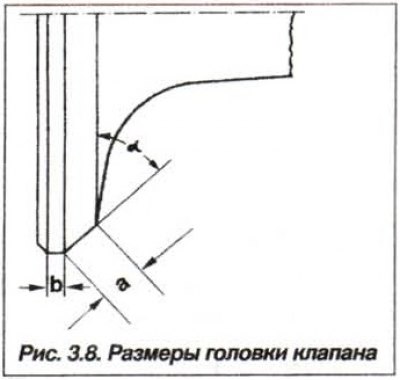One of the main indicators of the engine depends on the state of the valve mechanism - the amount of compression in its cylinders, which is checked by a special device, a compression gauge, similar to gasoline engines. The rules for installing a compression gauge and taking measurements are given in the instructions for the device and are described below.
The difference in pressure between the cylinders of the same engine must not exceed 1.5 bar. If the difference is more than 1.5 bar or the pressure is less than 20.0 bar, then this indicates an increased wear of the piston rings, cylinder mirrors, valves. Such an engine must be removed and repaired.
Valve timing
The valve timing is 240°for the intake and 228°for the exhaust, and are determined with an estimated zero clearance between the camshaft cams and the drive lever, with a valve lift of 0.5 mm.
Hydraulic expansion joints
Hydraulic compensators are installed directly into the body of the cylinder head. The valves are driven by camshaft cams through roller levers. The gaps in the valve drive mechanism are compensated automatically by hydraulic compensators.

Hydraulic compensators self-adjusting and filled with oil (see fig. 3.8). A spring located in the pushrod cylinder keeps the lever roller in constant contact with the camshaft cam.
